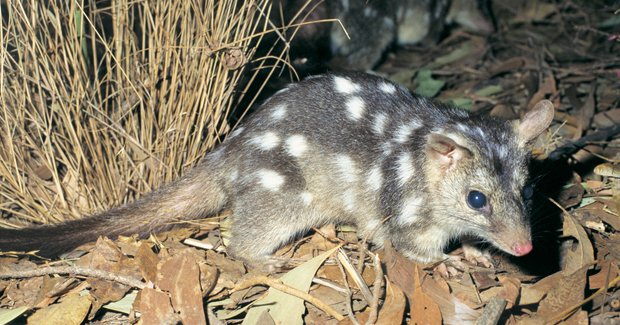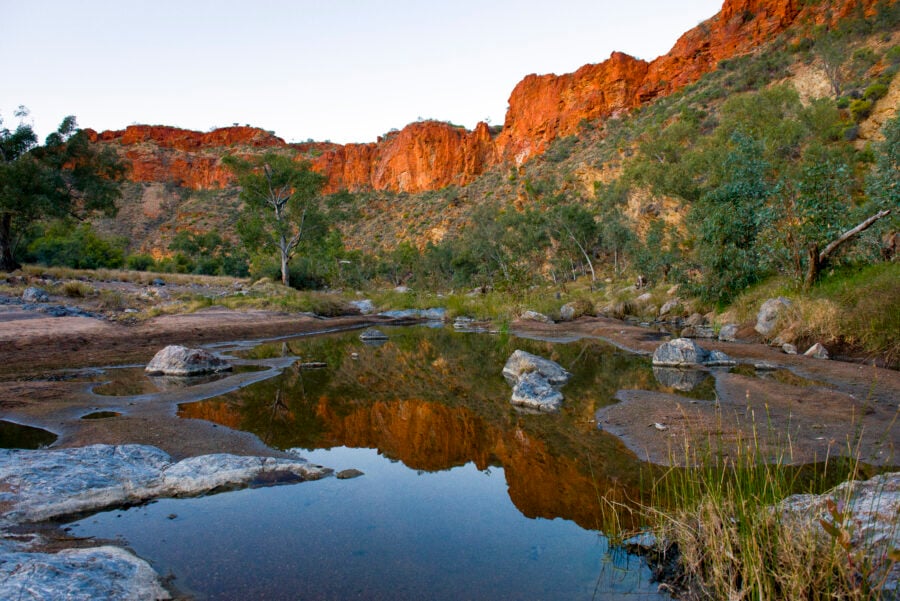Northern Australian mammals face extinction

NORTHERN AUSTRALIA’S NATIVE MAMMALS are under serious threat, with 10 on track to become extinct within the next 10 to 20 years if nothing is done, and perhaps another dozen vulnerable to extinction, experts say.
“We’ve had signs of decline for more than a decade now, but there’s always been some chance that what we were witnessing was just part of a natural oscillation,” says John Woinarski, director of biodiversity for the Northern Territory Government, and co-author of a new report on the problem. “But over the last 12 months, we’ve completed a major series of monitoring and other studies, and all the results are bleak.”
The brush-tailed rabbit-rat, a possum-sized creature with a long feathery tail, is one of the animals thought to be most at risk. The northern quoll, the northern brown bandicoot and the common brushtail possum have also been hit hard, with up to three-quarters of populations at some sites in the Kakadu National Park vanishing over the past decade.
Change to fire regimes is one of the key culprits, says James Fitzsimons of The Nature Conservancy, another of the authors. Bushfires usually happen late in the dry season, when large amounts of fuel have built up, resulting in extensive fires. Traditionally, indigenous people burnt controlled fires early in the dry season, which resulted in lighter, less intense blazes. “The changed fire regime poses a problem in terms of the fire killing animals and destroying habitat,” says James.
Feral cats are also a big problem, and in the case of the northern quoll, the advance of the cane toad is one of the biggest reasons for their decline.
Averting the loss
All of these factors are affecting animals within national parks just as much as those outside the boundaries.
Putting up fences and using baits could help reduce the number of feral cats, say the report’s authors – though it’s expensive. Hoever, It’s not difficult to alter fire plans. “This is something we can relatively easily do something about,” says James, “and the encouraging thing is that this is happening.” Traditional fire regimes are being re-introduced in some parts of the north, in the Kimberley and in Arnhem Land, for example.
More research is now urgently needed to pin down exactly which factors pose the biggest threats to which species, says James.
Until recently, northern Australia has appeared relatively immune from the mammal extinctions that have occurred elsewhere in the country, he adds, making the new data even more worrying.
“Australia suffered an extraordinary spate of mammal extinctions mostly in central Australia, mostly 30 to 50 years ago, when few Australians knew, cared or had the expertise to do anything about it,” says John. “We have an opportunity and responsibility here to avert a repeat of that loss.”
The report, Into Oblivion: The disappearing mammals of northern Australia was commissioned by the Nature Conservancy.




